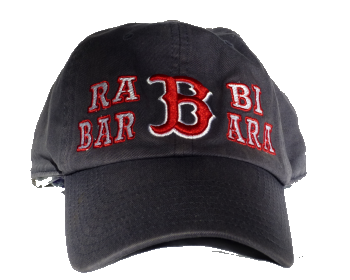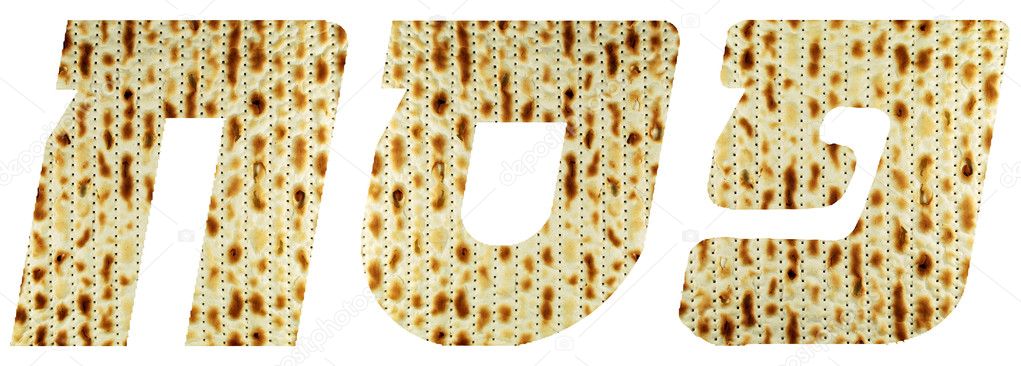I read about a synagogue in New York where “cleaning
out the hametz” is being given a 21st century meaning. Staff and members have pledged to clear
out the electronic “hametz” by not answering email during the Passover week,
and not answering any email that arrives during Pesach, on the Jewish legal principle
that we cannot use any hametz that we owned or received during the holiday. How
can anyone manage this? They are urging everyone to call and speak on the phone
during the Pesach week instead of shooting an email.
When we give up hametz, we understand that it’s not
permanent. It’s a simple respite. The idea of “giving up” email reminds me of
the practices of Lent, when people decide to live without something that is a
temptation, or perhaps, an oppressive habit. Many practices of Lent require
self-renunciation.
I learned this week, however, that some Christian
clergy are urging people to think of what they will add spiritually during the season of Lent, instead of what they
will subtract. Perhaps that’s the
principle behind picking up the phone instead of sending email. We could consider
adding that personal touch to our
communication. (Do you remember what it was like when friends actually made
phone calls?)
I believe we can approach the week of Pesach in both
directions: adding and subtracting. This week we add matza, a mitzvah and a spiritual
practice that can help us focus on the dichotomy of slavery and freedom, as
well as poverty and wealth. We begin the
seder with the Aramaic invitation:
Ha
lachma anya—this is the bread that
our ancestors ate. Let all who are hungry, join us for the meal!
Lachma anya, or in Hebrew, lechem
oni, can be translated as bread of affliction or bread of poverty. Either
way, matza is intended to remind us of what it is like when you have no
freedom. Matza is the most basic sustenance we can think of: flour and water. It
is the bread of hunger—for food and for freedom.
On the other hand, matza is the bread of freedom!
The story in the Torah that we retell at Passover is that in order to get out
of Egypt, the people could only take the minimum, and they had to leave in a
hurry. Without hesitation or planning, the Israelite people propelled
themselves out of slavery into a new life. In this way, they were transformed into
a free people.
Having matza, then is a sign of wealth. As we learn
in the ethical teachings of Pirke Avot,
Who is rich? One who is content with
what he or she has.
Matza, that simple food made of the simplest
ingredients, is a treasure—especially in the face of all the hungry people of
the world. When we add matza, we add awareness and gratitude.
But matza is only a mitzvah on the first day, and
only at the seder. For those who get tired of eating matza and matza products,
that’s good news. No need for the matza meal cake mixes or matza pizza. (Of course, they come in very handy when
providing for kids who yearn for carbs, but it’s still a poor substitute).
More than eating matza, the underlying mitzvah of
Pesach is to subtract hametz from
our dwellings. Hametz consists of any product of wheat, barley, spelt, rye or
oats that hasn’t become matza. For me, that means no breakfast cereal, no
tortillas, no pasta for eight days. Yet we could live well all week on
vegetables and fruits, fish, eggs, dairy, and meat if we wanted to.
An article in The Boston Globe, “Five
Ways to Freshen your Home for Spring,” caught my eye as I am in the process
of “turning over” our house for Pesach. Spring
cleaning is also a way to let go and simplify. The author shared a few tips
from an architect/interior decorator. Among them:
Roll up the carpets and enjoy the nice
clean floor.
Take out old furniture and enjoy more
space.
Open the windows and enjoy the fresh
air.
All of these suggestions help us subtract one thing so that we end up adding another .
Some of us find spiritual value in thinking of
hametz metaphorically. Hametz puffs up, like the ego. Hametz is a source of
desire. To subtract hametz might
involve a practice of living within our means, simplifying our lives, experiencing
the bare minimum. When we subtract,
we open up space (in our cabinets or our email) to discover other aspects of
our lives, like the people who surround us, that we may not have given sufficient
attention.
As we approach Pesach, in whatever way we are
preparing, I suggest we take the attitude of “less is more.” Even if you have a lot of planning the seder,
cleaning the house or cooking yet to do, do it in the spirit of simplicity.
It’s not about giving up—it’s about opening up.
Chag same’ach—wishing you and yours a liberating, simple, and joyous Passover
holiday!



